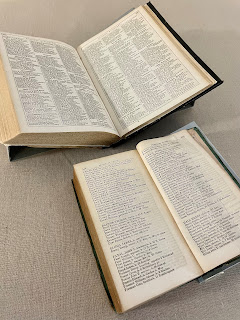John P. Coburn was a well-known clothier in Boston with two business locations, one on Brattle Street and one on Cornhill (today’s City Hall Plaza). Coburn was a free Black resident of Boston, born in the early 1800s. Between 1843 and 1844, he commissioned architect Asher Benjamin to design his home at 2 Phillips Street on Beacon Hill, where he lived until his death in 1873. The historic John Coburn House is now a private residence and not open to the public, but it is part of the Black Heritage Trail walking tour within the Boston African American National Historic Site. Beyond being a successful businessman with a stately home on Beacon Hill, there is much more to John Coburn’s story. He was also a community activist involved with the Boston Vigilance Committee and the New England Freedom Association, both organizations that aided those who had escaped from slavery. And he was a founder of the Massasoit Guards, which was an all-black militia whose purpose was to protect residents from slave catchers. You can read more about Coburn on the National Park Service’s webpage.
On display are Boston city directories from 1845 and 1850/1851. The 1845 directory is open to the page showing Coburn’s home address and the 1850/1851 directory is displayed showing his business listing. In the 1845 directory, Coburn is listed in the section designated for people of color. A few years later, the 1848/1849 directory would be the last one that would segregate residents by race, and from 1850 onward, all residents were listed in a single alphabetical order. In the 1845 residential listing, Coburn is shown as a clothes dealer at 51 Cornhill, with a house listing on Southac (Southac is the former name of Phillips Street). In the 1850/1851 business directory, Coburn is listed as one of the businesses under the “clothing - second hand” heading, with a location of 24 Brattle. If you are curious about other city and town directories in our collection, you can access the full list of our holdings here.
We’re also displaying a facsimile of an advertisement for John Coburn’s clothing business, as published in the January 31, 1845 issue of The Liberator. The facsimile is provided courtesy of the Digital Commonwealth but here at the State Library, we have a run of The Liberator available on microfilm, as well as a bound volume of issues dating from 1861 to 1865. The Liberator was an weekly abolitionist newspaper published by William Lloyd Garrison and Isaac Knapp. In this advertisement, Coburn informs “abolitionists and friends in general” that his business has changed locations from 8 Brattle Street to 51 Cornhill and 24 Brattle Street. The advertisement goes on to list the services that he provides, including buying off-cast clothing (the 19th century version of thrifting!) and cleaning and mending garments at short notice.
 |
| John Coburn advertisement in The Liberator Courtesy of the Digital Commonwealth |
Elizabeth Roscio
Preservation Librarian











